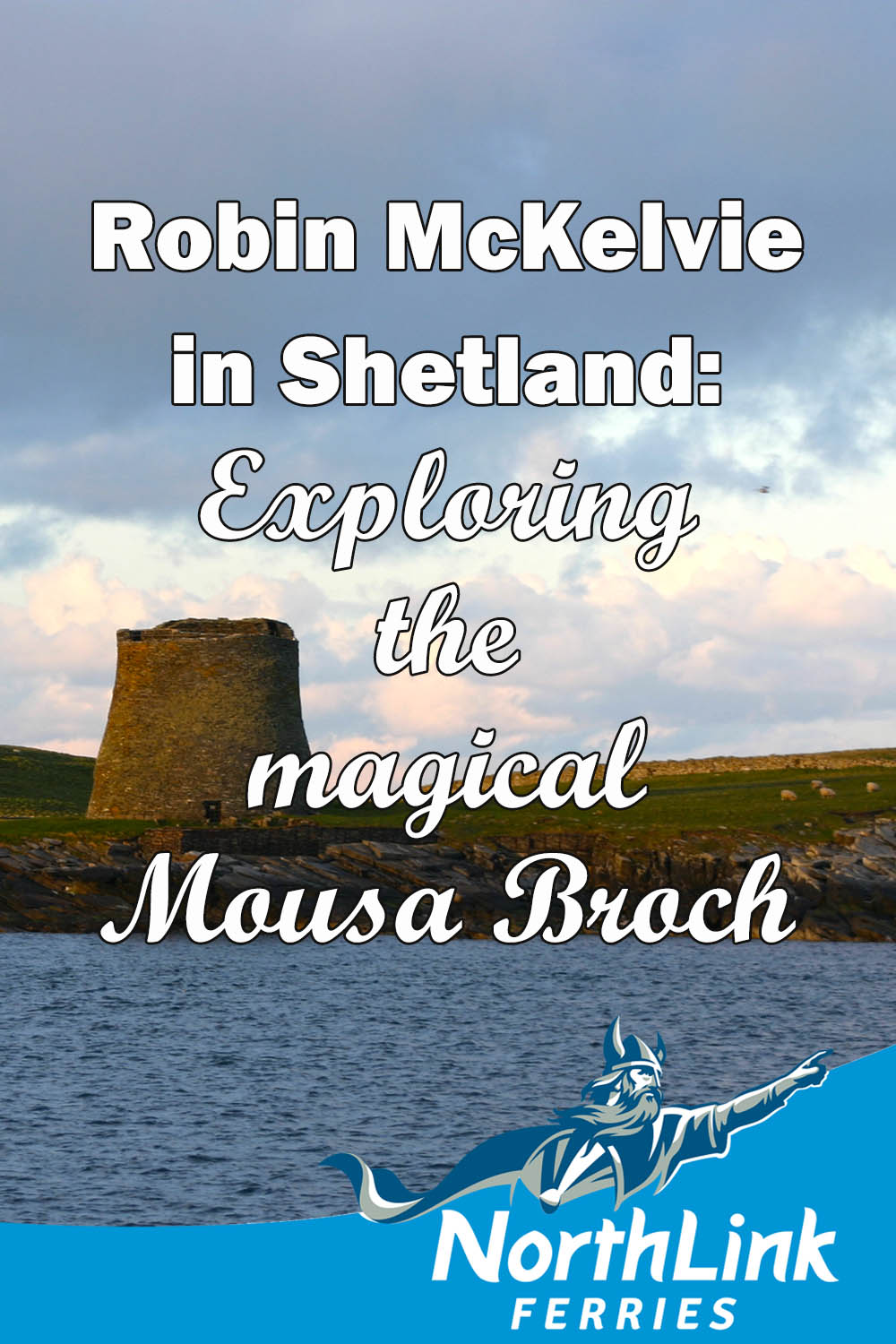Robin McKelvie in Shetland: Exploring the magical Mousa Broch
There is nothing quite like the sight of a broch, the ancient towers that dominate the coastline of the British Isles (mainly Scotland), towers that we still know intriguingly little about. I’ve been to countless brochs all over Scotland, but there is one that stands out head and stone shoulders above the rest – Mousa Broch on the eponymous Shetland island is quite simply sublime.
If you get the chance to come to magical Mousa, grab it – you will never look at another broch the same way ever again!
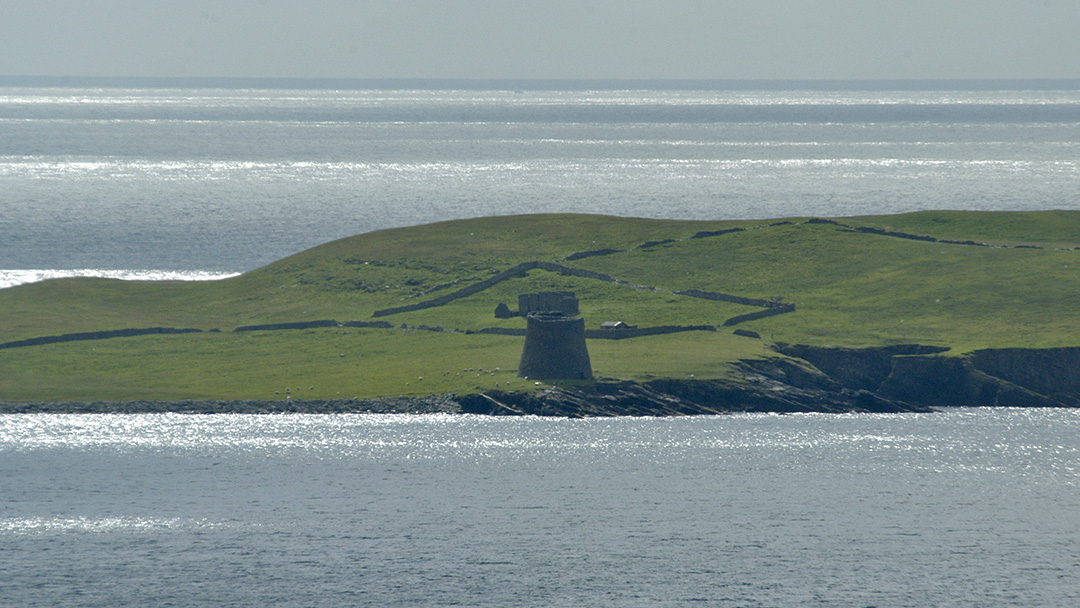
I had fallen for Mousa Broch from photos years before I first actually saw it for myself. That first dalliance came when I peered out of my NorthLink Ferries cabin when I was just about to head to breakfast. The shadowy outline of Mousa loomed up across the cobalt waters, the hulking broch glinting at me, beckoning me forth. I hadn’t planned to visit on my first trip to Shetland, but Mousa clearly wouldn’t it have it any other way and I duly obliged.
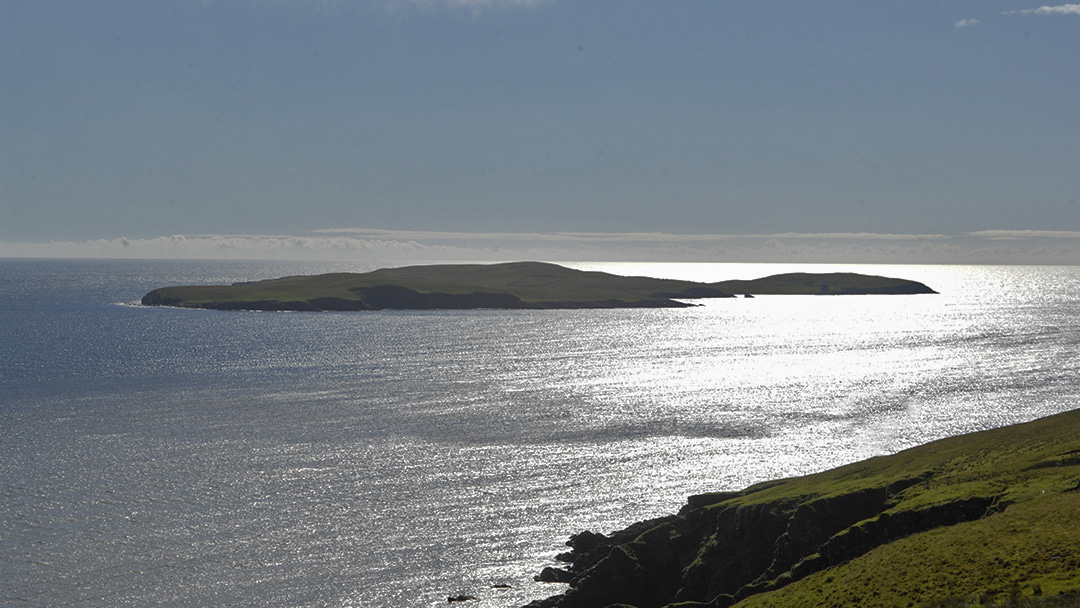
What I joyfully found is that Mousa is not just a broch, but a deeply remarkably island in its own right. It is a wild, rugged affair that lies barely a mile off the heavily indented eastern coast of Shetland Mainland just over a dozen miles south of Lerwick. Once a prosperous place in the days when the broch was painstakingly forged 2,000-years-ago, mankind abandoned Mousa and left it to the seabirds and marine mammals in the nineteenth century.
The name Mousa is said to hail from the Old Norse around the time of the Icelandic Chroniclers in the ninth century, derived from the word for a moss-covered island. Of course the Vikings had a different view of islands to the Scots – take Scotland’s loss of Kintyre when Viking longships ‘sailed’ their boats overland across the narrow isthmus to claim the peninsula. They looked at Mousa with its bisecting East and West Hams waters as two islands: North Isle and South Isle.
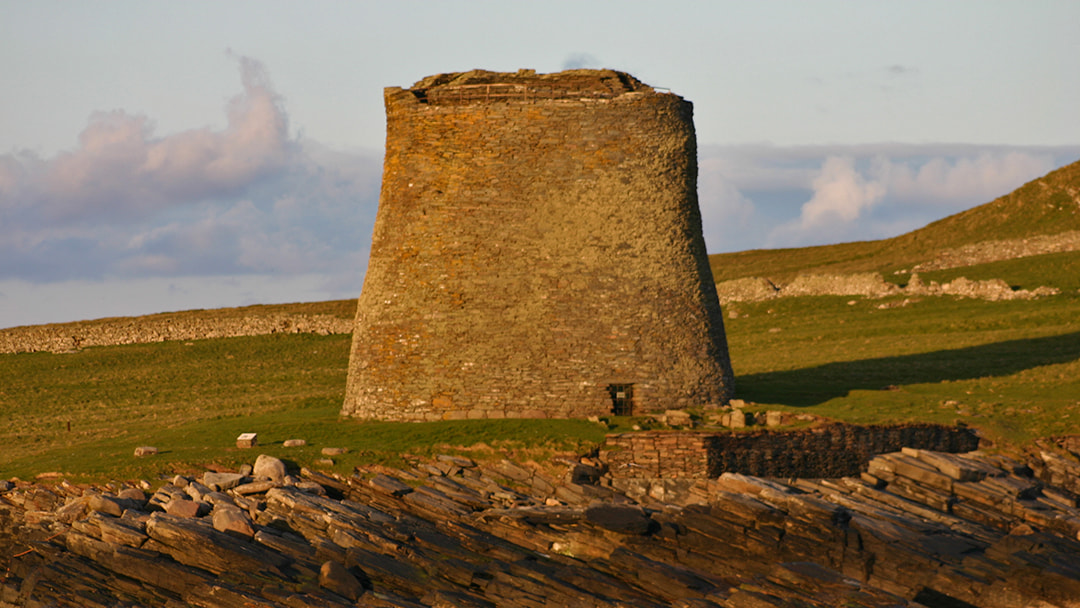
Mousa still blows with a breeze of the Norse, not least in geography given it lies at 60º North (just 30 degrees south of the North Pole) on around the same latitude as Helsinki in Finland and Oslo in Norway. Taken together, the island is roughly about one and a half miles long, by a mile wide, forged with soft sandstone and porous limestone – Mousa’s quarries once worked away cutting flagstones for Lerwick.
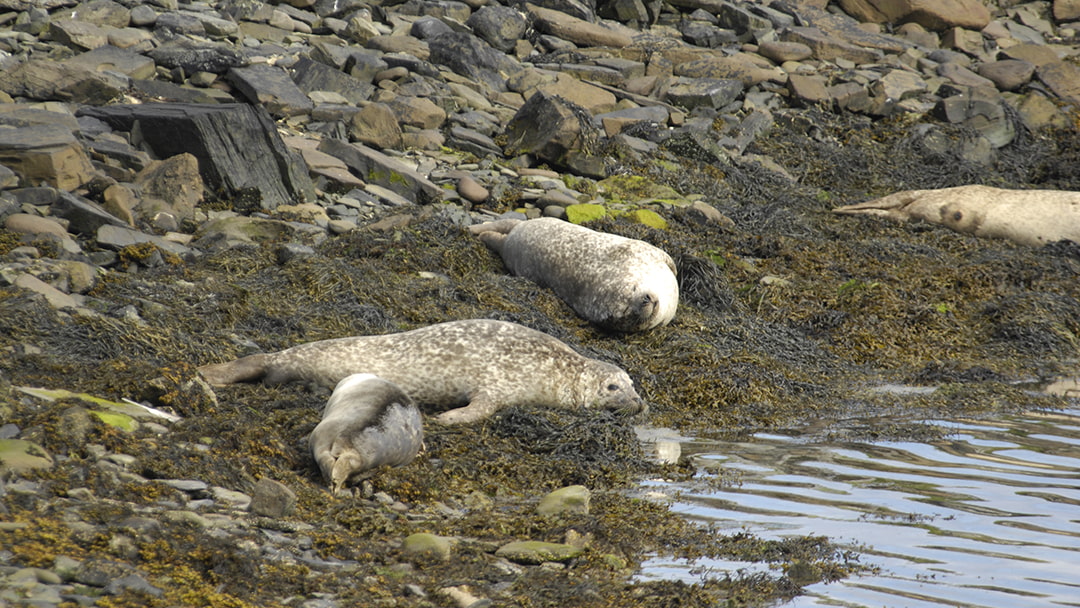
Mousa is so unique it has been designated a special protection area, cared for as a Nature Reserve by the RSPB. One of the other reasons it so entrances me is it is home to the UK’s largest Storm Petrel breeding colony, even within the broch itself. I once spent a glorious summer night here witnessing the adults return to feed their young in the gaps inside the broch. The island is also alive with Arctic Terns, Oystercatchers, Redshank, Red-throated Divers, Ringed Plover, Shags, and those dive-bombing Great Skuas. You might even see a passing whale or seals lazing on the shore.
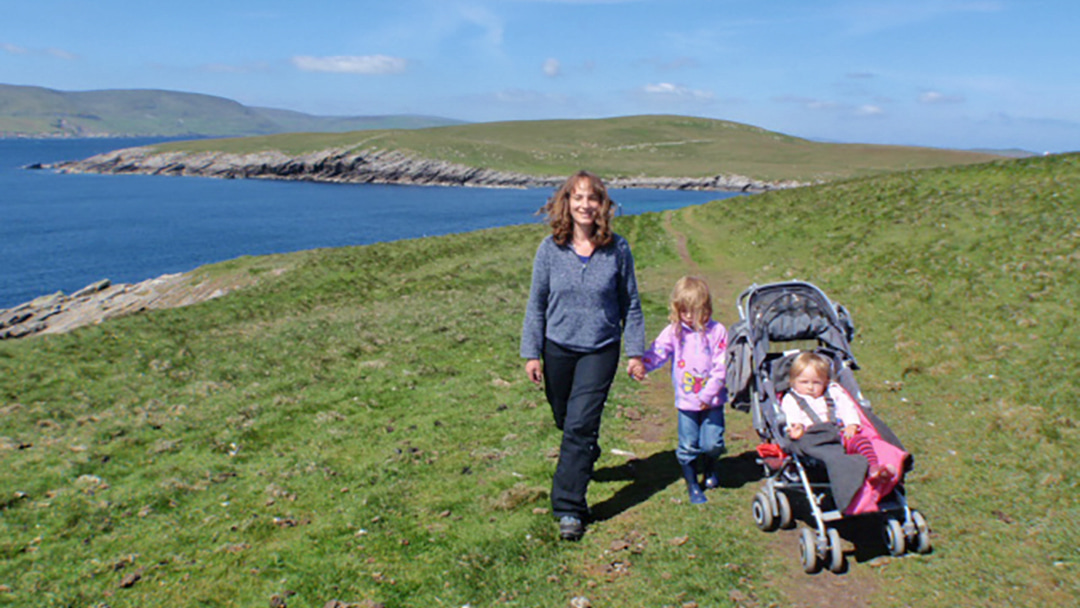
On to the broch itself, one of a network that run up the spine of Shetland. I was so determined to get here I was undeterred by my travelling companions. The island ranger said he’d never seen anyone quite like us as we negotiated the rough coastal path. I thought he meant my daughter’s buggy – he meant a toddler and a baby! He stressed we were very welcome; Mousa feels a very welcoming island.
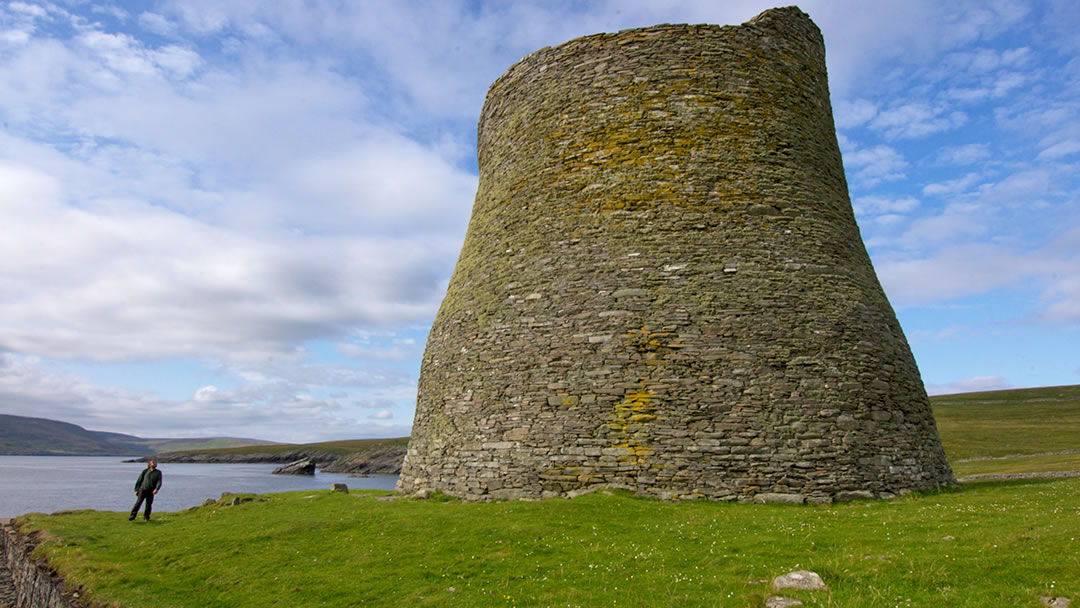
Mousa Broch is maintained by Historic Scotland, who recognise its massive value as our best-preserved broch. It dates back to the Iron Age and must have struck people then even more than it strikes us now. As you approach, it just gets bigger and bigger. And bigger. Then there it is front of you like a sturdy stone windmill, even more impressive for its lack of sails. Mousa Broch is not sailing away anywhere, an unmovable hulk on the landscape.
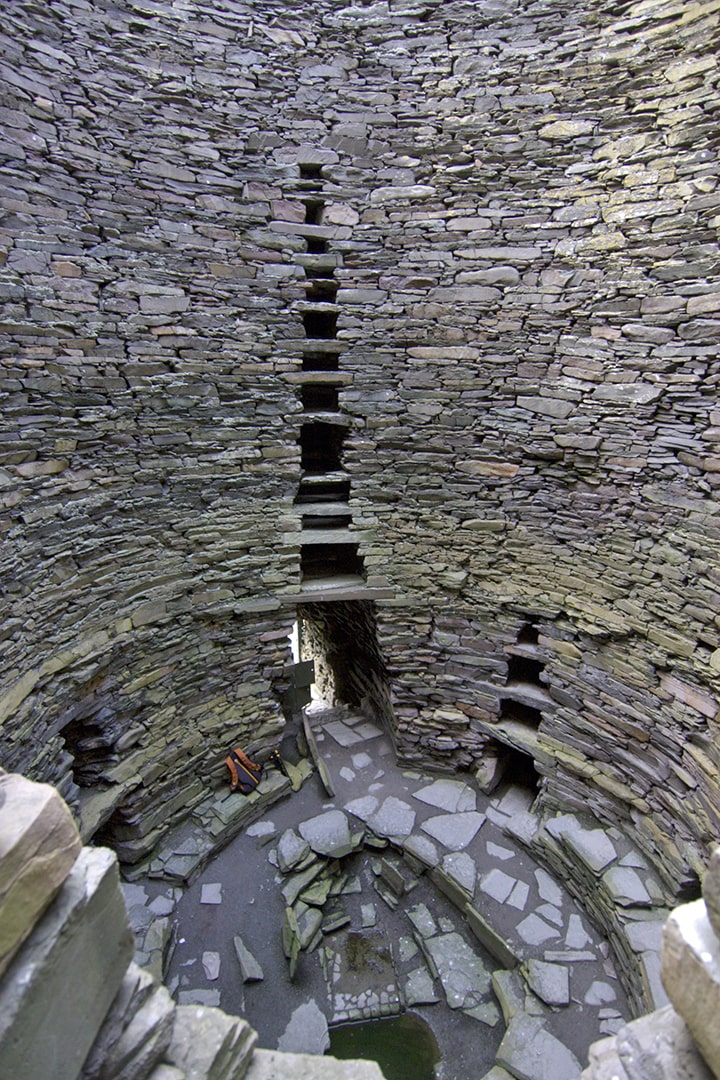
If this is your first broch it will blow your mind. The entrance is more a structure, stretching for a whopping 15m into the 13m-tall broch, showing you just how thick its walls are. Were they made that way for defence against the weather or mankind, or as a show of power, or maybe all three? The interior is remarkably cosy, only 6m wide. Stairs lead up between the stone skins to a terrace where you can take in the views and peer out over the waters in search of lurking Viking longships.
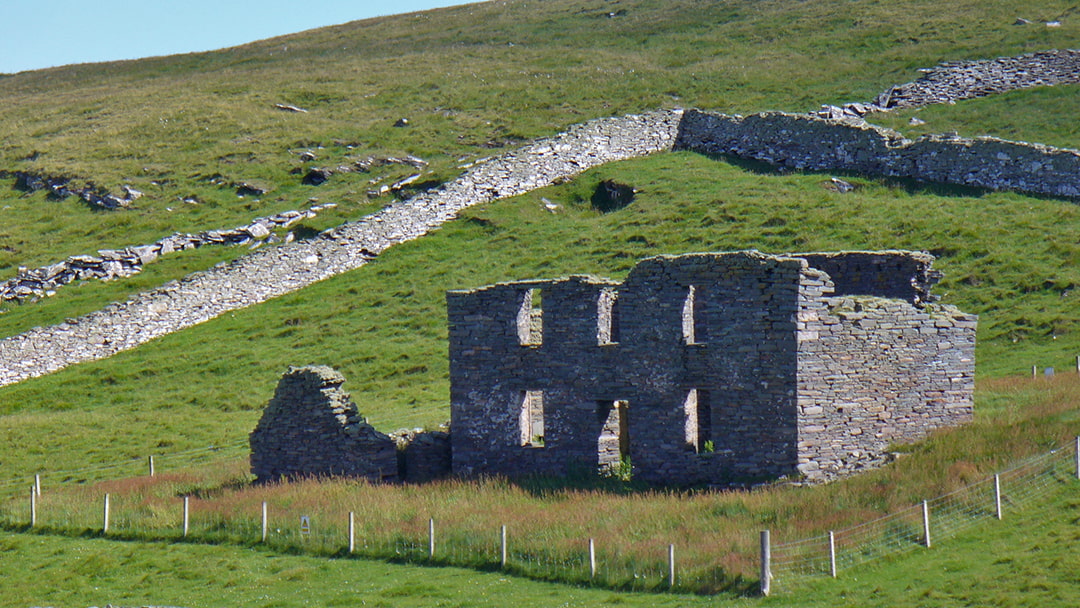
There is a lot more to see on this endlessly fascinating island, so much so that on each of my three visits I’ve sworn to come back again. How about the Haa? This large ruin overlooking the Broch was the home of James Pyper, a Lerwick merchant who bought Mousa and fashioned the Haa in 1783. James lived with his first wife, then his second, on Mousa, with Anne living on in the Haa until she died in 1852.
Then there are the bijou Shetland Sheep that have long grazed on Mousa and Knowe House, site of the farm that supplied essential produce for the island’s residents. There is a poignant reminder of the Jamesons who once lived here. The eldest son, Andrew Jameson, aged 13, inscribed his name and the date they left forever on one of the gable corner stones – 4 May, 1842. More sadness surrounds the sinking of the SS Murrayfield, a merchant ship that ran aground west of the Peerie Bard headland on Mousa’s rocks in 1942, just one of the vessels to have floundered here. You can still see parts of the SS Murrayfield badly ravaged by storms.
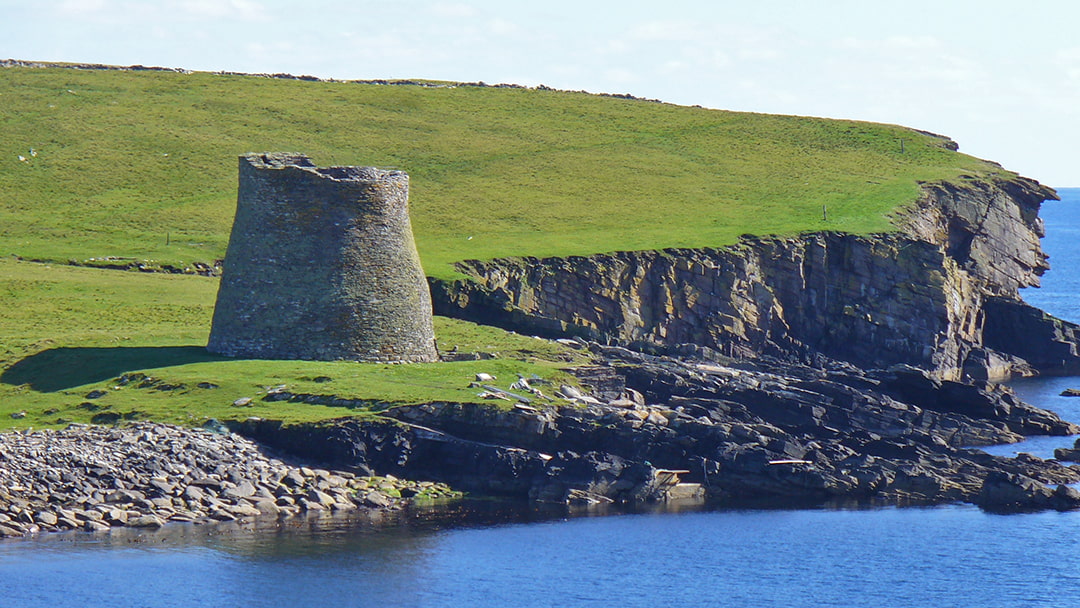
Another moving spot is the site of an ancient homestead you have to work hard to make out as Mother Nature has reclaimed and buried most of mankind’s attempts to tame it. Standing in this dramatic spot on this deeply remarkable island I wonder what part the broch played in their lives and how much more striking they must have found Scotland’s best-preserved broch. If you get the chance to come to magical Mousa grab it – you will never look at another broch the same way ever again.
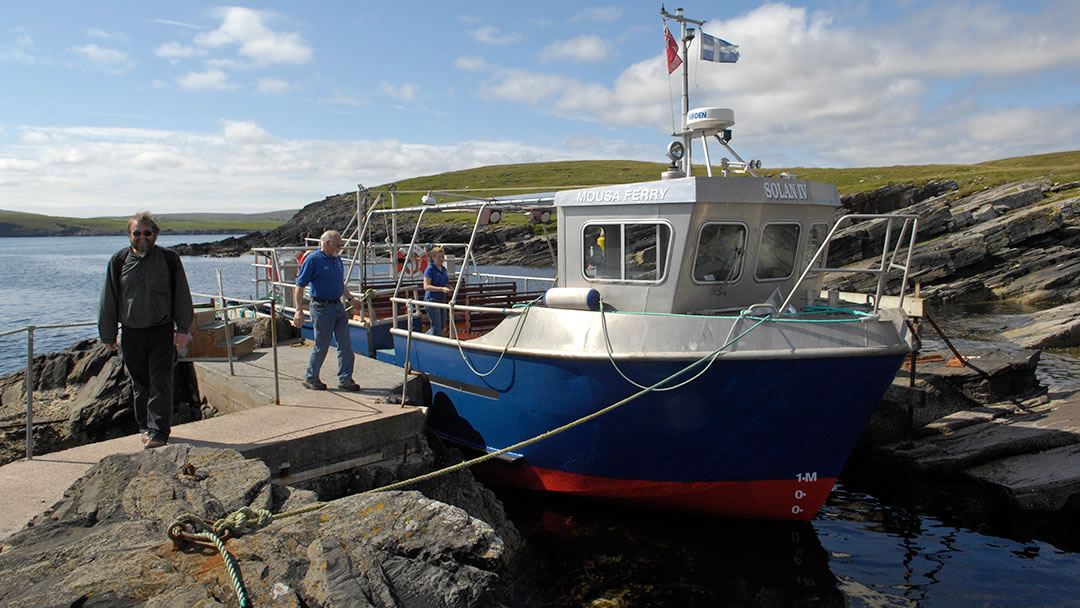
To get to Mousa you’ll need the Mousa Boat, who ferry passengers over, as well as operating cruises around the isle and Storm Petrel themed sailings.
 By Robin McKelvie
By Robin McKelvieRobin McKelvie is an award-winning travel writer and broadcaster who has been published in over 200 magazines and newspapers worldwide.
Pin it!